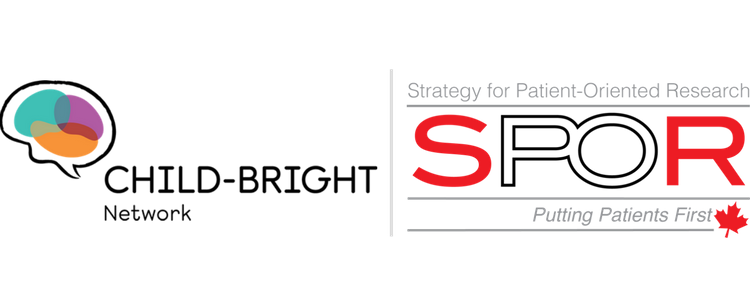There is an important shift in the way that health research is being conducted, whereby partners with lived and living experience (PWLEs) are involved as much and as meaningfully as possible. This is being done under different initiative names: SPOR in Canada; PCORI in the US; and INVOLVE in the UK. All have the similar focus of authentically engaging PWLEs in research.
What is patient-oriented research?
Canada’s Strategy for Patient-Oriented Research (SPOR) endorses the active partnership of PWLEs, researchers, health professionals, and decision-makers in research so as to build a sustainable and accessible health care system that optimizes the health of Canadian citizens. In other words, this research approach is intended to promote a better health system and better health outcomes.
SPOR's goal aligns with Canada's Triple Aim Framework: better health, better health care, better value.
Research is being conducted ‘with’ or ‘by’ PWLEs and other relevant stakeholders, rather than ‘for’ them.
What is the added value of patient-oriented research?
We recognize that individuals with lived and living experience are experts on their health experiences and needs. They provide unique expertise on their condition and can share their experiences with the health care system. In research, PWLEs can influence the design of the study, the outcome measures used, and the interpretation and use of the findings, leading to better results with higher impact.
For example, in a research study, PWLEs can:
Help to ensure that the research question is relevant to people with a brain-based developmental disability, with respect to their current health care needs
Help develop consent forms, questionnaires, and other materials in a way that makes them easier to understand, makes sense to individuals with lived and living experience, and is considerate of their needs
Help design the intervention in a way that is feasible and acceptable to individuals with lived and living experience and to health care providers, and therefore easier to apply in the real world
Help ensure that the outcomes of greatest importance to individuals with lived and living experience are the ones measured
Help recruit participants, including people from seldom-heard groups
Participate in data collection or analysis (e.g., interviews, qualitative analysis of themes that emerge), which may enhance the quality of the data
Assist with the interpretation of the findings to ensure that the results are meaningfully related to their lived and living experiences






